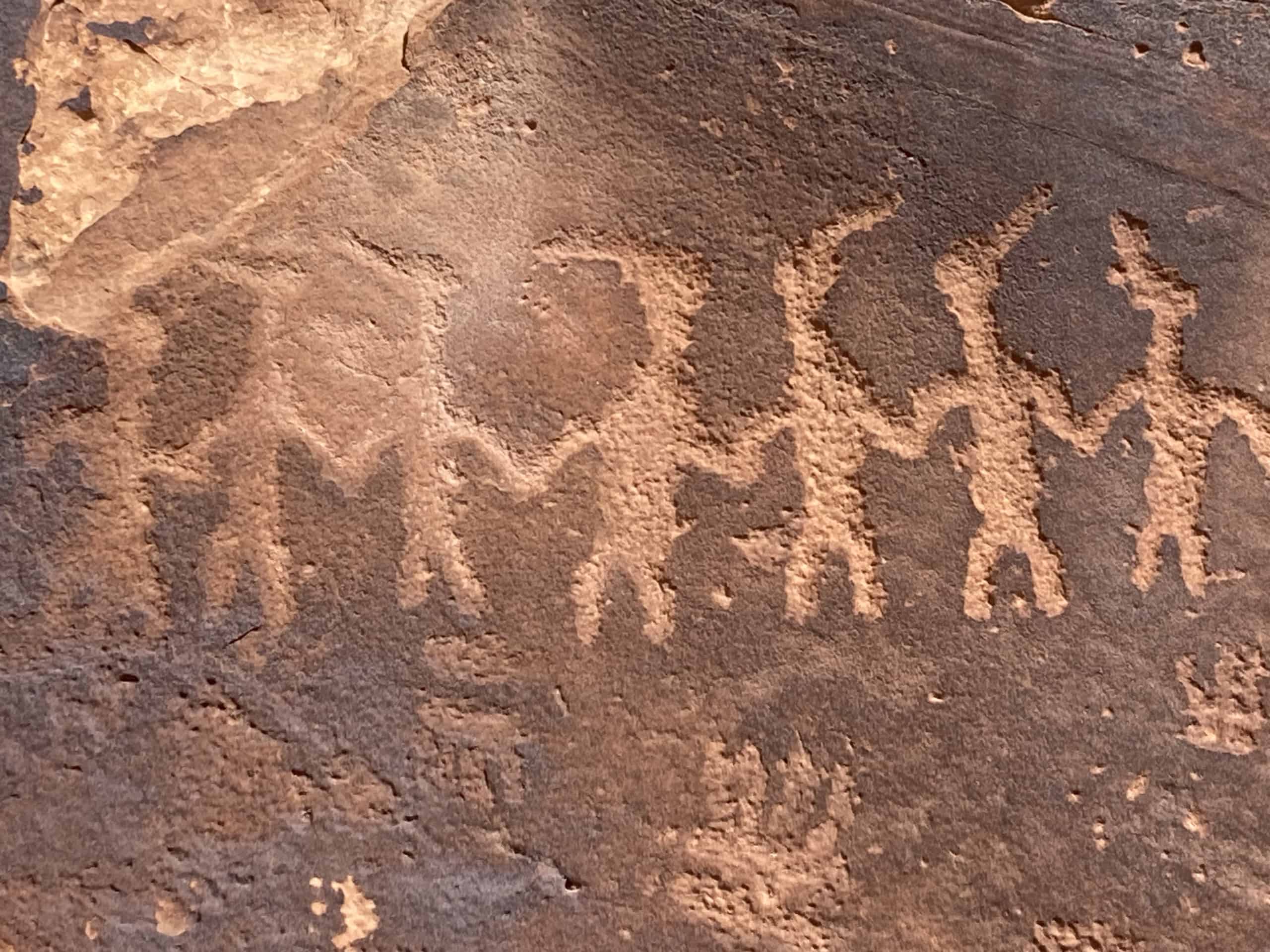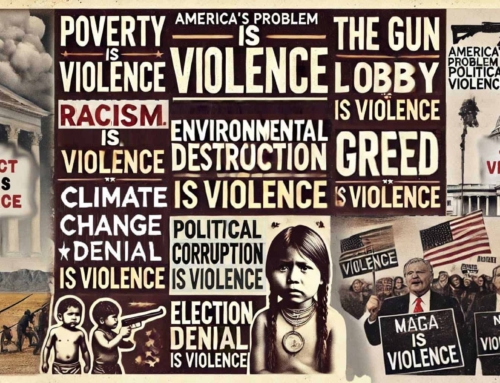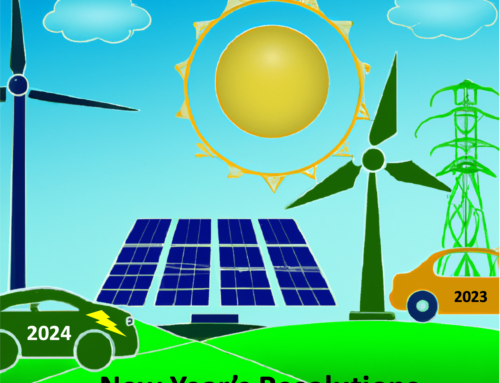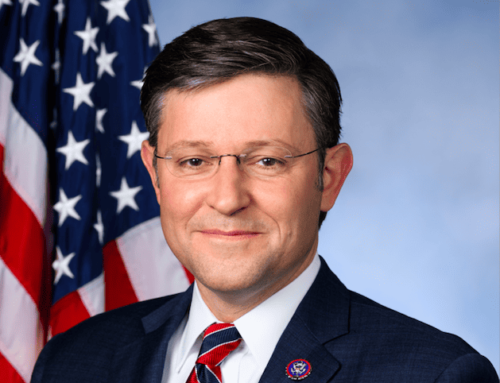If our climate message(s) were succeeding, then why are we still facing a climate crisis future without more action? Why does Exxon Mobile still get to determine the fate of our children? Why is there a backlash against renewables all across our country? Why did Biden just approve the Willow project?
Of course there are lots of reasons, but part of the answer is that our climate messaging sucks.
We continue to try to prove that climate change is real, not realizing that fighting a frame only strengthens it. (We feed what we fight.) We fall into the trap of “both sides” of the argument, and validate that each side must have equal weight. The result is that we reinforce the frame that maybe climate change isn’t real.
We use reason and facts without realizing that they are not convincing. As Reinsborough and Canning say in Re-imagining Change, “Too often progressives think that just because a story is factually true, it will be meaningful to audiences, and therefore build our power. But reality is just the opposite. If a story is meaningful to people, they will believe that it is true. The currency of narrative is not truth, but rather meaning.”
When these don’t work, we amp up the fear factor thinking that we can scare people into action. Instead it leads to fatigue, apathy and disengagement. The worst case occurs on social media where we post bleak stories implying we are all going to die, but failing to give anyone a solution or agency or hope. It’s like we are saying, “don’t blame me,” or “see I told you so!”
We don’t tell stories that attract people. We fail to coordinate our messages. We don’t create a common sense of positive identity. (The term climate activist now seems pejorative. Where are our heroes?)
This doesn’t mean that all communications about climate are bad, it’s just that, en masse, we are failing. We can learn from our mistakes. We can do better. We must do better.
The subject of climate communications and messaging is more than just a single post, but here are 7 questions we can ask to improve our climate messaging whether we are talking to a family member or reaching millions of people.
1. Does our message support our narrative or exist within the opposition narrative?
A narrative is an overarching set of stories. Much of our politics and culture exist within a set of accepted but subliminal narratives. For example, there’s the economic narrative which places the economy as a top priority that overrides everything else. It demands we make sacrifices for the economy such as lower wages, or subsidies for fossil fuels, or bailouts for bad banks. It ignores that there might be other priorities that benefit the majority of us such as health, justice, happiness and a safe future.
Jobs are a subset of the economic narrative. We give tax breaks for jobs even if they are temporary shitty jobs. So when we say, “Renewables will produce more jobs than fossil fuels,” we are messaging within the opposition economic narrative. (Did I say jobs are the new crack cocaine?)
The action here is to pivot and support the narratives that we want based on our values. The test is if you find yourself arguing against or trying to refute something the opposition has stated, you’re probably going to wind up supporting the opposing narrative.
2. Can we tell a story, and does it speak to our values and the heart?
Never use a fact or a reason when a story or image will do. Stories connect us based on an identification of mutual values. As a result, they attract others. Is it better to tell the statistics of asthma rates among BIPOC communities, or tell a story about how our friend’s son almost died from an asthma attack due to diesel pollution? Tell more Hallmark stories.
3. Is our message simple and understandable?
“The climate is an existential crisis. CO2 has reached 420 ppm and we are on our way to a 2.0+ degree Celsius temperature change.” Blah, blah, blah. Or instead, “We all deserve clean air and a safe future.” Clarity is powerful.
4. Does our message frame the issue the way we want?
Frames are linguistic neural pathways in the brain. They aren’t just clever bumper stickers. So I can say, Stop the Titanium Mine next to the Okefenokee Swamp or I can say Preserve the sacred waters of the Oke. Learn to frame. More here.
5. Can we repeat it, then repeat it again, and again?
The climate crisis is large, amorphous and everywhere. There is no central message and a set of universal magic words. But if we use simple clear messages like “Electrify everything,” or “Keep it in the ground” we are better off than if we switch messages every week just to drive fund raising. We need to select a few simple messages and then repeat them until we are sick of them. For example, clean renewable energy. Forget hydrogen, fusion, small nuclear reactors, biofuels etc. etc. Just clean renewable energy. That’s why 80% of Americans support clean renewable energy.
6. Does our message offer a vision, contain a solution and provide agency?
Dr. Martin Luther King Jr. didn’t say, “We have a problem!” He said, “I have a dream….” We follow his vision today despite the unfinished work. When we talk about climate problems we often invoke fear. Fear captures attention, but too much of it causes disengagement. Problems are just that, until there is a solution. We need to be inspired and then to believe we have agency. Vision and solution.
7. Did we test our message?
Sure, who has time to test a message? But our movement is full of messages that didn’t have the time or the resources to test and it shows. Here are a few examples.
-
- Ban gas stoves
- Natural gas is not clean
Or a few non-climate examples
Books are written on the subject of testing communications. To do it right can require money, time, and resources. But at minimum try your message out on your colleagues, your friends, and your family. Read it to an 8 year-old and ask them to tell you what it means. You’ll be glad you did.
Communications are an accelerator for climate actions. They must be part of our strategy.
Thanks for what you do.
We are all connected. Savor the Earth!’™
Hobie,
L. Hobart Stocking
SkyWaterEarth.com
hobart@skywaterearth.com
651-357-0110
Facebook: @SkyWaterEarthConnected
Twitter: @SkyWaterEarth








As usual, outstanding message from Hobie. Thank you, thank you, thank you. The question is will our organization and others do this without delay. I would add: We have to get our PRIORITIES straight — not all things are equal. We have to MARKET our ideas. There is more to quality marking than mere sales, or 400 slide PowerPoint presentations. As Hobie says, repeat, repeat, repeat. Keep it simple. Appeal to ethos, pathos, and yes, logos — all of them. Then their is CHANGE. This is a scary thing for most people. we have to manage it. We have to do more than metrics and charts, but as Hobie says, well-crafted and simply stories and messages.
Brilliant insights. coming from a place of compassion for humans, with foibles and fears.Could you package this in a letter to be sent to the orga izations that would benefit?
Marketing works. Embracing it’s professionals could light a propelling fire in the movement.
I am referring to “methane gas” instead of “natural gas”. The industry has advertised their version with the word “clean” for decades. When we call it “methane gas”, it sounds like a chemical we should not have in our homes v